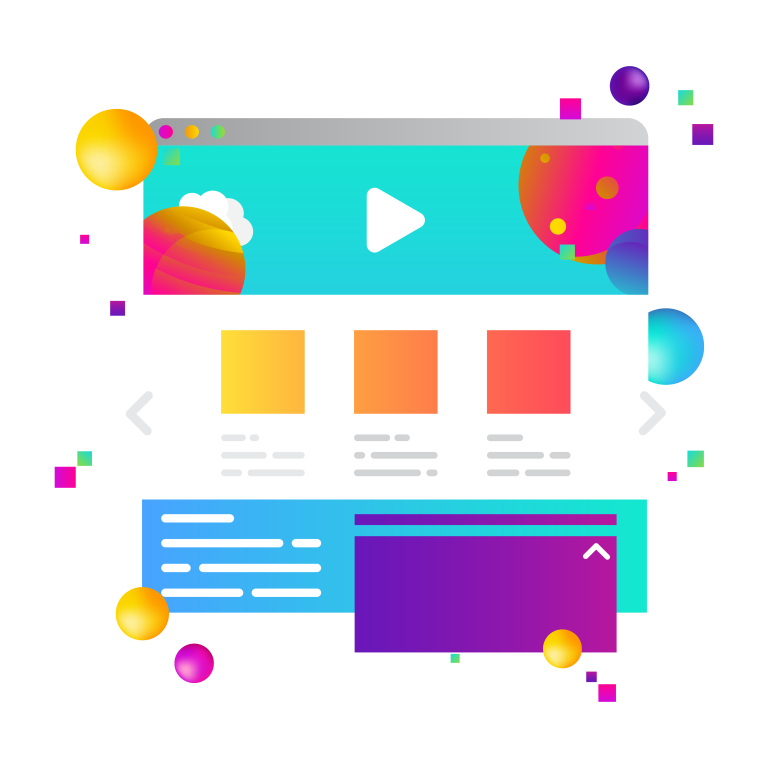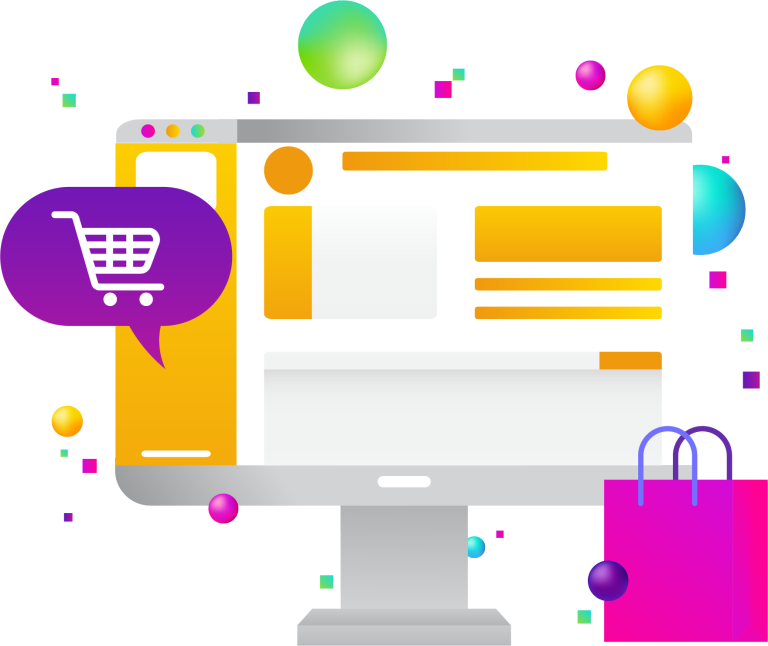Digital Insights Blog
If you’re looking for digital insights on the latest web design trends, digital marketing approaches, branding, web development, and industry-specific digital solutions, you’re in the right place.
- 36 min read
Social Marketing Strategies for CPG In the crowded consumer packaged goods (CPG) market – especially for food and beverage products – social media has become a make-or-break arena for brand
- 6 min read
The Membership Challenge in a Noisy Digital World For associations the heart of sustainability lies in consistent and strategic membership growth. But today’s digital landscape is noisy, fragmented, and competitive....
- 6 min read
The “System” Misconception Prospective clients often arrive on a discovery call with a digital agency certain they know what they need: “a WordPress site,” “a Shopify store,” “inventory on Meta...
- 9 min read
Audiences have endless choices, fleeting attention spans, and finely tuned BS detectors. So how do brands make people care? The answer isn’t more content. It’s better content—specifically, content grounded in...
- 5 min read
In today’s enterprise environment, users expect seamless digital experiences—whether they’re interacting with a customer portal, internal application, e-commerce platform, or large-scale CMS-driven website. Integrating complex databases into enterprise web development...
- 6 min read
Associations face mounting pressure to do more than simply disseminate information. They must engage, retain, and grow their member base—online. The pandemic accelerated a shift that was already in motion:...
- 6 min read
For businesses looking to sell online, WooCommerce has become the go-to platform for turning WordPress websites into powerful, scalable e-commerce stores. Whether you’re launching a boutique clothing brand, a regional...
- 10 min read
In 2025, nonprofit organizations need more than passion and a good cause to get noticed—they need visibility. With thousands of nonprofits competing for attention across the U.S., standing out in...
- 7 min read
Social Media Marketing Social media is not just a place for conversation—it’s a vital bridge between mission-driven organizations and the communities they serve. For nonprofits, social media offers more than...
- 7 min read
First impressions are made in seconds and purchase decisions in minutes, the user experience (UX) of an e-commerce website can be the difference between thriving and failing. Beyond marketing tactics...
- 6 min read
In today’s mobile-driven world, where smartphones are often the primary gateway to the internet, government agencies must recognize that a non-optimized mobile website is more than just an inconvenience—it’s a...
- 19 min read
Why Website Accessibility Is Mission-Critical For nonprofits dedicated to helping others, an inaccessible website is like a locked door on your community center. You might be unwittingly shutting out a...
Ready for more?
Subscribe to our newsletter to stay up to date on the latest web design trends, digital marketing approaches, ecommerce technologies, and industry-specific digital solutions.







